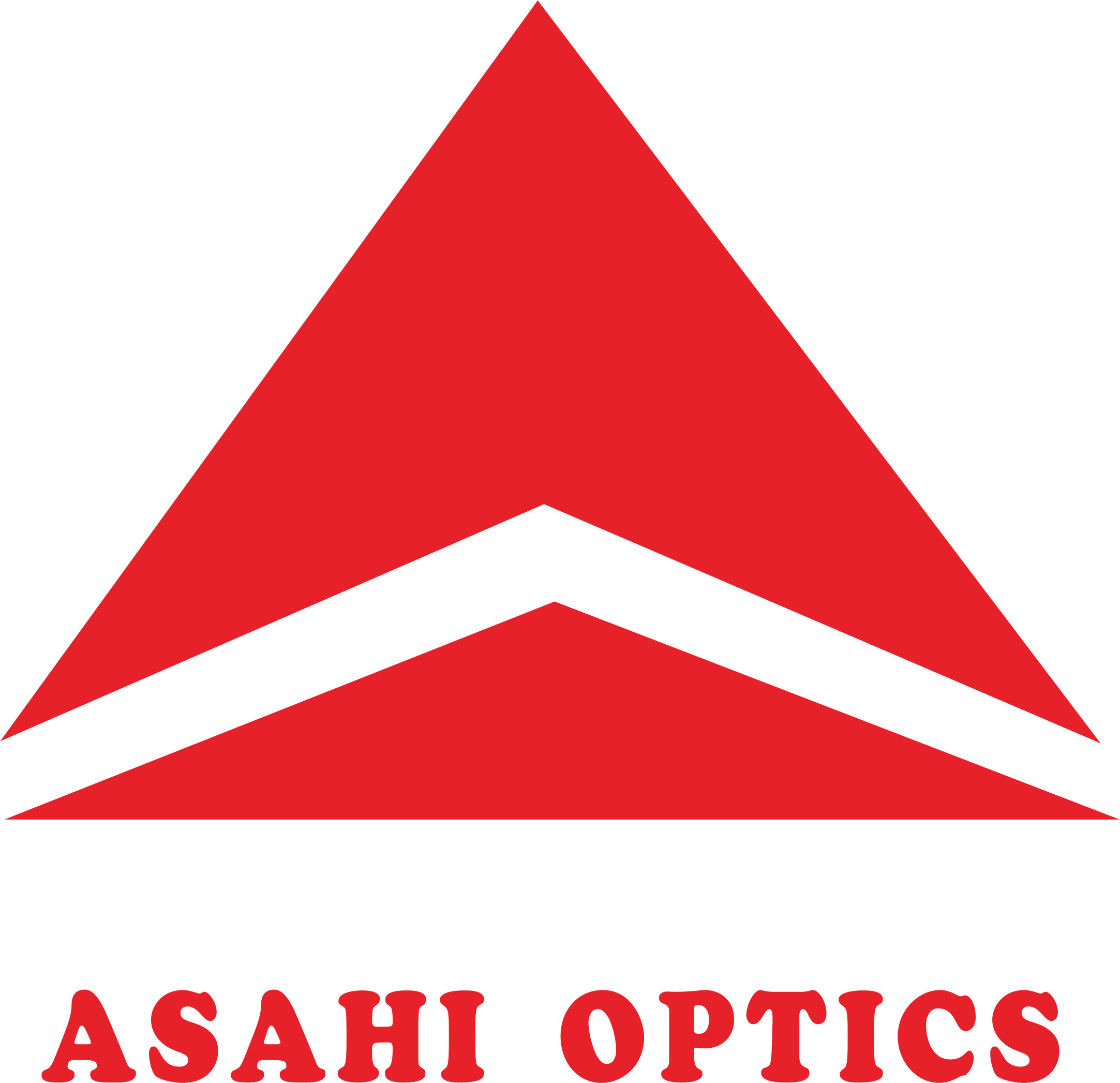1) Micron-sized LEDs requires new chip designs
Size matters in the world of micro-LEDs, in fact it will be difficult to use conventional LED designs to achieve super small sizes, while keeping the manufacturing process economic.
There is still no general consensus in the market as to what size micro-LEDs should be, with size ranging from 10 micron including package by CEA-LETI, to Sony’s proclaimed 55” micro-LED TV, which is actually made of micro-LEDs with the size of 50 microns.
Despite this wide variation of what defines as a micro-LED, its tiny size requires LED manufacturers to redesign the manufacturing process. Conventional SMD LEDs are unideal because of miniaturization limitations, the bottleneck is usually reached at 0505 LEDs that use PLCC package, said Carson Hsieh, Vice President of R&D at Epistar.
“In fact most 0505 LEDs on the market are actually 0.58 LEDs,” he added.
Flip chips are also ruled out because of the high costs involved, especially when making red LEDs. “Red flip chip LEDs can equal the combined cost of one blue and one green LED,” said Hsieh. “This is because the red LED has to be transferred onto a transparent substrate, which adds significantly to the cost, which should not be the case.”
Epistar for instance is exploring using quantum dot LED technology to overcome wavelength uniformity issues, while lowering the manufacturing costs.
Wire bonding also becomes an issue, due to the small size there is no extra space for bonding. CSP LED can be a potential solution. Reducing the size of LEDs can also raise thermal dissipation issues that requires new solutions, the smaller and more packed electronic devices are the easier it traps heat making thermal dissipation a pressing issue. IC designs also become critical as the size of the LED chip shrinks to the micron scale, designs are more complicated and delicate.
In terms of potential backplane material, micro-LEDs might be used in TFTs, CMOS, glass, transparent or even flexible materials in the future.
2) Mass transfer of micro-LEDs still unsolved
Related to yield-rate issues, mass transferring large numbers of micro-LEDs can be slightly challenging, due to its tiny size traditional pick and place methods are no longer pragmatic to transfer large volumes of micro-sized LEDs.
For instance, X-celeprint’s elastomer stamp transfer method, which relies on using weak chemical bonds coined Van der Waals forces currently can mass transfer up to 500,000 micro-LED chips, said the company CTO Christopher Bower during his presentation. X-celeprint’s solution can be scalable.
ITRI has also been able to transfer 540,000 monochromatic micro-LED chips, but when it comes to full-color RGB LEDs the mass transfer volume plummets to 10,000 micro-LEDs because of the different transfer method used, said Yen-Hsiang Fang, a manager at Micro-Assembly Department at ITRI.
Transferring full-color micro-LEDs remains challenging mainly because the size of red, green and blue LED chips which use different chemical compounds to manufacture is different, as they are grown from epitaxy. In contrast, monochromatic LEDs are usually the same chip size, and do not require additional adjustments during the mass transfer process.
3) Dead pixel issues drives up micro-LED yield rate demands close to 100%
Most manufacturers agree making the micro-LED is not a huge issue at the moment, in fact most manufacturers and research institutes including Taiwan-based Industrial Technology Research Institute (ITRI) are able of reaching at least 99% yield rates at the moment, but the micro sized LED has specifically stringent yield rate demands.
“Micro-LEDs require a high yield rate of more than 99.9999%, close to 100% in fact,” said PlayNitride CEO Charles Li.
The reason behind this especially high demand is the issue of dead-pixels. Depending on the application sector the tolerance range for micro-LEDs can vary widely, for instance larger displays would have a greater tolerance for dead pixels, but smaller displays such as wearables and VR headgears would have a limited margin of error.
VR headgears tend to have very high display resolution demands, and slight mishap in the screen can be magnified several times when seen up close, said HTC Vive R&D Director Johnson Lu. Something micro-LED manufacturers targeting this field need to keep in mind.
4) Potential application sectors for micro-LEDs
At LEDforum 2016 highlighted application sectors for micro-LEDs include wearables, AR or VR devices, and displays to name a few. In the future, the small micro-LED displays might offer room to provide integrated multifunctional wearable devices, because its small size allows manufacturers to add sensors and other devices.
In the short term, wearables will be the most achievable for most manufacturers, due to yield rate and the size of the display. This is a sector CEA-LETI has spoken they are looking into at the moment, and ITRI spoke about its future plans of developing wearables integrated with vein biosensors in the near future.
VR and AR headgears or other devices is a sector where more players will be entering in the near future. Large micro-LED displays is a sector that most believe holds potential, but will not be achieved anytime soon. There is no set date as when this can be realized at the moment.
Chu highlighted additional markets where micro-LEDs can play a role, such as HUDs as an automotive display replacement since current LCDs offer rigid form factor, and provides automotive makers few diversification options, other sectors where micro-LEDs can make a difference include projectors and even Visible Light Communication (VLC).
5) Micro-LEDs requires multidisciplinary collaboration
For micro-LEDs to progress to the next phase of commercialization, it will require multidisciplinary collaborations. From micro-LED manufacturing, mass transfer, to integrating into finished end-products such as in wearables, VR or AR headgears, displays, automotive applications and more. It will not be a sector where LED manufacturers will be able to completely in-house develop, and will require collaboration across various industries.
To conclude, mass production of micro-LEDs still has certain technological obstacles ranging from chip design, yield rates, mass transfer issues, and costs that still require time to overcome, andit is hoped multidisciplinary approaches can lead to rapid advancements in the industry’s development.


